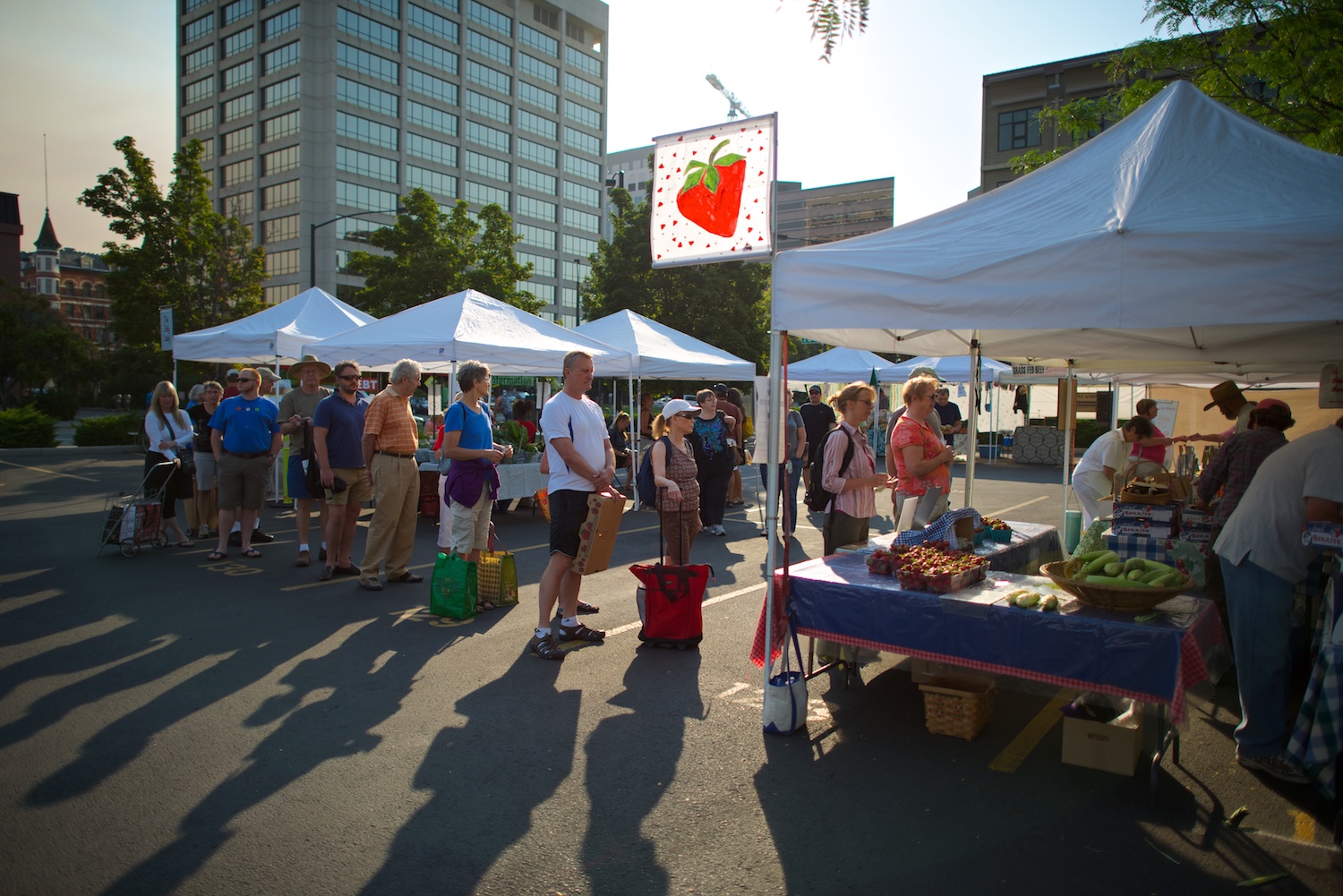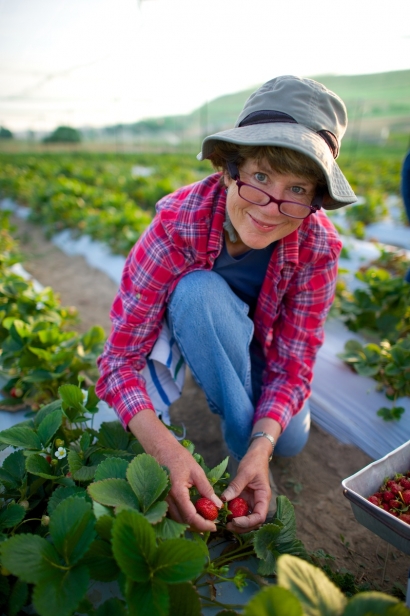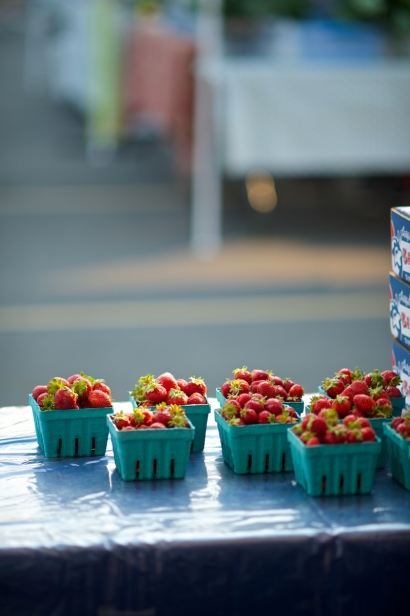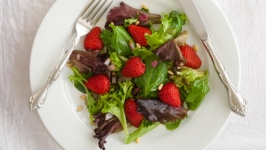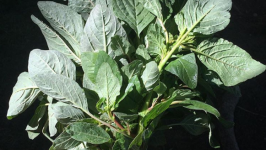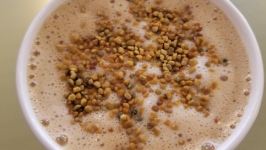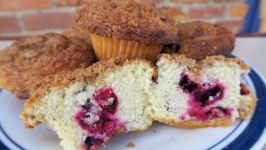The Strawberry Lady: Jo Ann Smith's Strawberry Patch
Dawn is still another cup of coffee away when Jo Anne Smith walks the short distance from her house to the strawberry patch. You can barely make out the rows of plants, let alone the fruit hiding beneath them, but Smith and her small crew are ready to begin picking as soon as they see red.
Red means ripe berries and Smith, owner of Smith’s Berry Farm near Payette, only picks ripe fruit. “Strawberries,” she says, “will go from green to white to pink to orange to many shades of red before you can recognize that plump, shiny, bright red strawberry.”
Unlike industrial strawberries—which L.A. Times food writer Russ Parsons says results in fruit “as resilient as Styrofoam and only a little more flavorful”—Smith grows an old variety, Seascape, a much tastier but much more fragile strawberry. “To preserve quality we start picking at first light, while it’s still cool,” she says, “then get to the market as soon as you can.”
Wearing a floppy hat and a long-sleeved flannel shirt against the morning chill, Smith crouches down and gently runs a hand over a plant, revealing a crimson cluster. The horizon has brightened, songbirds are at the height of their dawn chorus and the strawberries are ready to pick.
Between narrow rows, Smith crouches next to what looks like a toy pushcart with tiny wheels. “A flat like you see me bring to the market is sitting in that pushcart with pint containers in it,” she explains as she begins picking berries and carefully setting them in containers. To keep handling to a minimum, she won’t touch the berries again until she hands them to customers at the Boise Farmers' Market.
“Growing strawberries is not for the faint of heart,” Smith says through one of her frequent smiles. “Not everybody wants to bend over all morning and pick strawberries.”
Her delicate touch and deliberation stands in stark contrast to the strawberry harvests along coastal southern California—a $2.3-billion- a-year industrial strawberry epicenter and source for over 80 percent of America’s strawberries. Instead of Smith’s three-quarter-acre patch, migrant workers ply a virtual sea of shining plastic that covers fields from Ventura to Oxnard. That plastic not only controls weeds, but it helps contain methyl bromide, a powerful fumigant pumped into the soil to sterilize it before planting. Unfortunately, methyl bromide not only kills soil pests, it also depletes the ozone layer and can, quoting EPA literature, “result in central nervous system and respiratory system failure” to anyone exposed. In 2005 the EPA banned methyl bromide, but still allows the strawberry industry to use it and similar chemicals under what the agency calls a “critical use exemption.”
Smith knows all about methyl bromide. She and her husband Byron did many years of contract agricultural research while living in California, including studying strawberries and looking for alternatives to methyl bromide.
The Smiths moved to Idaho in 1994, continuing with their agricultural research, but also looking for other opportunities. “One of the first things I noticed coming out of Southern California,” Jo Anne Smith recalls, “was there were no strawberries [in Idaho], no strawberry stands. So, I thought, one of these days I’m going to grow strawberries and sell them.”
Idaho once had more strawberries. In 1949, nearly 500 acres were devoted to strawberries here, but a flood of California fruit eventually killed the local industry. Today, the Idaho Department of Agriculture records only a few dozen acres of commercial strawberries grown each year.
In 2002, the Smiths’ agricultural research business hit a slow spell, so “I just dove in with the knowledge I had,” says Jo Anne Smith, “and started growing strawberries.” Things started out slow: “I used to give away a lot of strawberries,” she says with a laugh. But as word spread among farmers market customers, so did Smith’s reputation. She soon became known as “The Strawberry Lady.”
When the Smiths moved to the new Boise Farmers Market last year, long lines formed before their booth even opened and the couple would sell every pint within an hour or two. “I surprised myself when I calculated that I’m growing 4,000 pounds of strawberries in a season,” Smith says—and all without pesticides. “I respect that customers prefer to not have chemicals on their strawberries.”
As the first rays of sunlight slice across the patch, Smith’s flat is nearly full. She smiles as a bright red strawberry pops off a plant into her hand. She’s learned to tell ripeness just by the way a stem snaps. “That’s always a wonderful sound, because you know that means it’s a perfect berry.”


